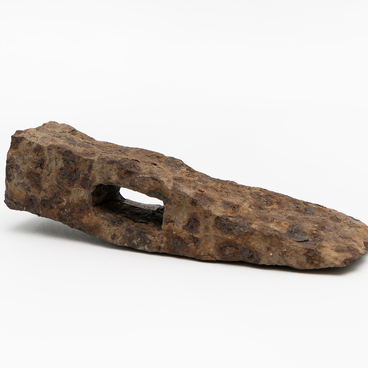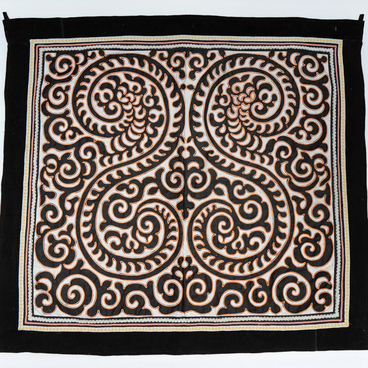Visually, the first shoes bore little resemblance to modern models. In fact, it was not even a shoe, but a device to protect the feet from cold and damage. In the north, furs, tanned animal skins and tendons were used as materials, and silicon knives and bone awls served as sewing tools. In the southern regions, shoes were made from papyrus, reeds, palm leaves and other improvised materials. In the Amur region, indigenous peoples also used fish skins.
Up to the 19th century, all shoes were made by hand. And although the first shoe workshops and manufactories appeared under feudalism, before the industrial revolution, shoes were made exclusively in small batches on an individual order.
The last has always defined the appearance and comfort of shoes. This is one of the most important components of production. Being a device for maintaining the shape of shoes during their manufacture, the shoe last resembles a human foot in shape. The creation of the shoe last completely depended on the skill of its manufacturer, who ground the workpiece until achieving the desired shape.
After the reference shoe last was created, it was scaled in order to make shoes of different sizes. Until the middle of the 19th century, the same lasts were usually used for the right and left feet, so that shoes could be worn on either foot.
The shoe last for the manufacture of adult shoes, which is presented in the collection, was made by a peasant from the village of Zherebtsovo in the first half of the 20th century. The base for shoes with a length of 26 centimeters was made by hand from wood. This shoe is of solid construction. It has a forepart, shank and heel parts. The surface of the last has scuffs and dents.
Shoe making was one of
the activities of a peasant migrant of the Amur region in the first half of the
20th century. The clothes of the Russian peasants were traditional. Women wore
embroidered shirts made of homespun linen with a sundress or a homespun woolen
skirt, men wore short-sleeved shirts, mostly embroidered at the collar, chest
and sleeves. The peasants’ summer shoes were often bast shoes, but they also
wore homemade leather shoes — waders, chiriki, boots.




